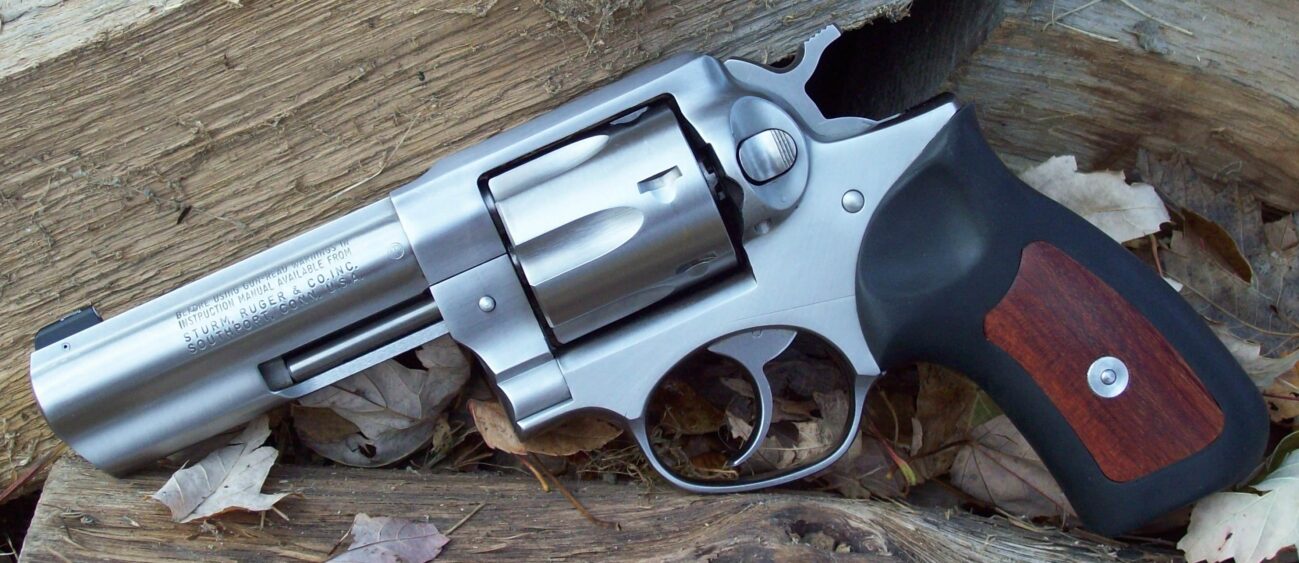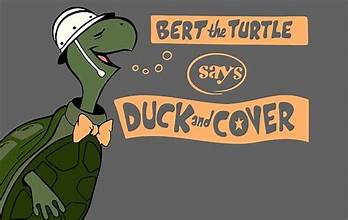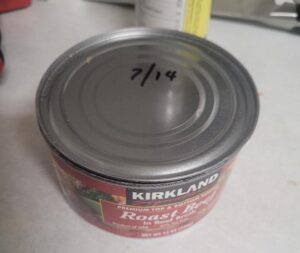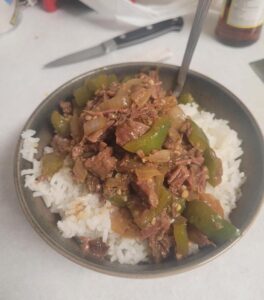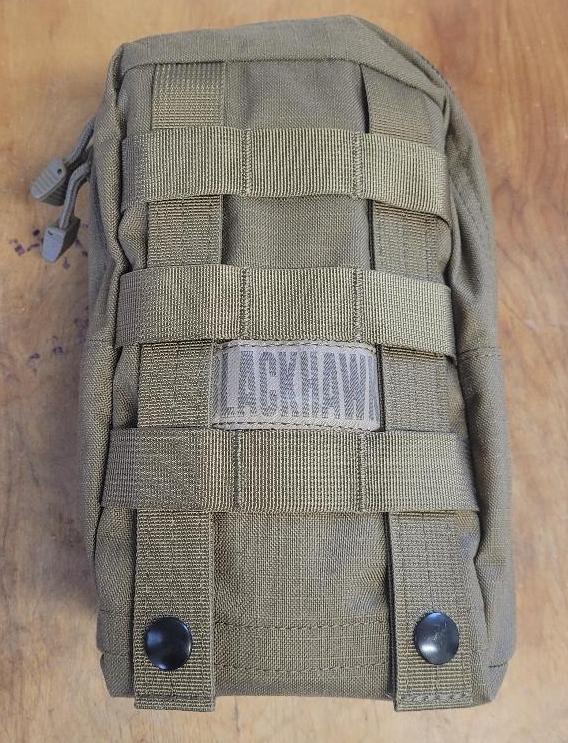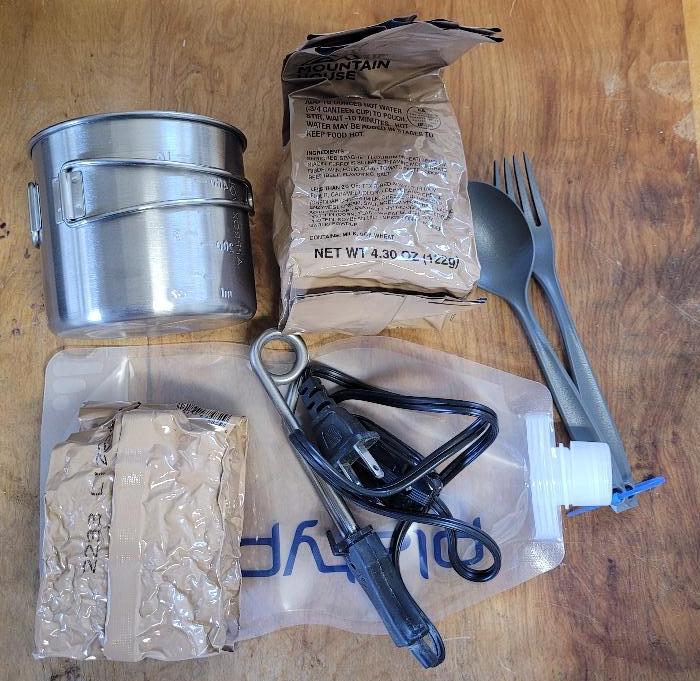I made a post a few days ago about the ‘just in case’ dining solution I carry with me in my checked luggage in case I get stuck having to overnight in the airport when I travel. It’s primary features are that it takes up as minimum an amount of space as possible, assumes electricity is available (for the immersion heater), and assumes water is available (for reconstituting the freezedrieds and making hot drinks). These last two are not a tall order, even in an airport that is ‘closed’ for the night. I have spent nights camped out next to an electrical outlet watching movies on my phone, using the airports wifi, wrapped in my woobie, and dining on whatever snackage I packed in my bag.
But what about where water isn’t guaranteed, and neither is electricity? I actually have a somewhat similar setup but it’s a bit more space-intensive.
We’re all familiar with the usual one-liter Nalgene bottles, right? The cool thing about them is that there are a lot of accessories out there designed specifically for their shape and profile…carry pouches, special lids, etc, etc. It’s a lot like the AR…there may be a better choice, but the ubiquity of the item and its tremendous third-party support make it a sensible choice. I must have a half dozen of the Nalgene bottles sitting in my kitchen. Theyre just handy. But…did you know that they make a larger version in that same general design envelope? It’s exactly like your regular Nalgene bottle except slightly longer to accommodate 50% more liquid. Still take the same lids, will still fit most open-top pouches, but gives you an extra margin of liquid for those thirsty days and long trips.
The regular Nalgene is 32 oz. The supersized one is 48 oz. Since the only dimensional difference between the two is overall length and the diameter is the same between the two, cups that are designed to nest over the bottom of the 32oz Nalgene will fit exactly the same on the bottom of the 48oz Nalgene. Convenient. Same for the mouth of the two bottles. Lids, caps, etc, are completely interchangeable.
Although Maxpedition makes the bottle holder I am currently using, other companies make a similar product. The important thing is that they have various attachment points to allow you to carry the whole thing either on a carry strap, MOLLE’d to your gear, or by other means. It’s also really important that it have some type of storage on it for the essentials. With enough MOLLE coverage you can add whatever pouch you like to it to hold your accessories.
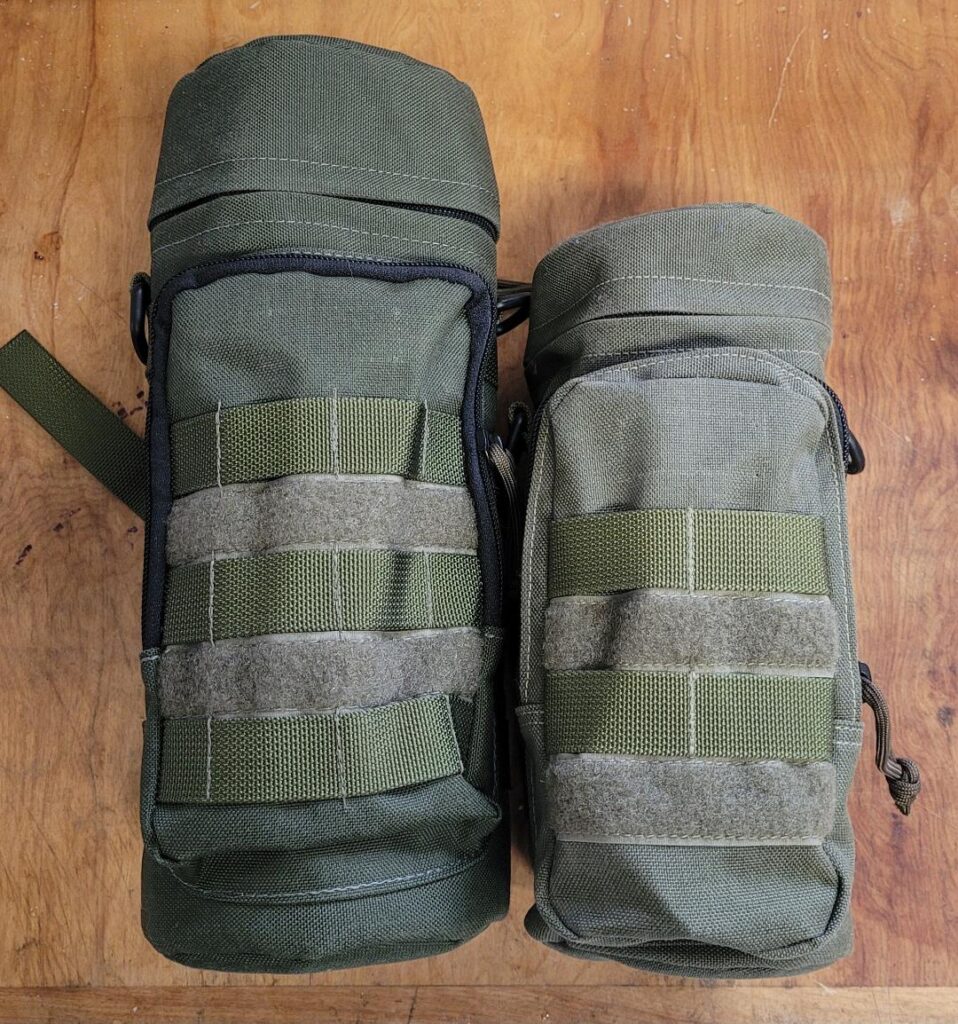
48 oz Nalgene bottle carrier on left, 32 oz (“normal size”) on right.
This is the setup I take with me when I go hunting, fishing, or anywhere I figure I’ll have some kind of al fresco dining experience. It’s strictly for field cooking, although, obviously, water is water. The purpose of this setup is to give me everything I need to crack open some Mountain House, instant oatmeal, ramen, or any other ‘just add hot water’ meal. This is what has worked for me so far, what works for you is up to you to discover. My setup:
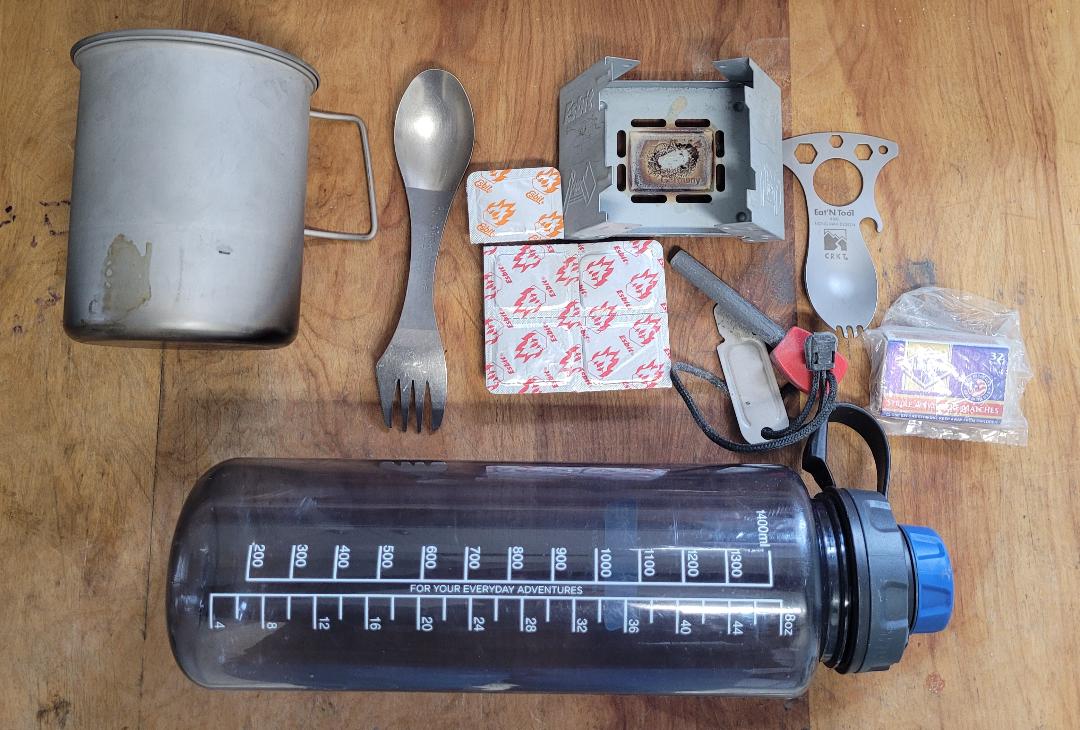
- Maxpedition bottle holder – Keeps everything in one place, has plenty of carry and attachment options, and has a useful-sized accessory pouch for everything below.
- Nalgene 48 oz. bottle – I hate having to filter water. I carry a LifeStraw in my bag, but for my out-n-about cooking needs a full 48oz of water is usually plenty. A small Sawyer filter would work but any filter is going to either need to be carried separately due to space concerns on the bottle holder. Alternatively, with enough MOLLE you can add a small pouch dedicated to your filter. Maybe.
- Screwtop drink lid – I have these on all my Nalgene bottles. Makes drinking on the move much easier. High recommend.
- Esbit Stove – Smaller and more compact than a small butane stove w/ cartridge. Tradeoff is that it doesn’t boil water as quick. But…it does work.
- Esbit fuel tabs – Hard to have too many of these. They do double duty as emergency firestarters. I keep a handful in my hunting bag.
- Titanium spork – Any spork or plastic utensil will do. I went the Gucci route because I’m a major gear queer and I like nice things. Get a cheaper plastic one and you’ll be fine. Also threw in the CRKT food tool because I had it laying around.
- Firestarter – Matches and lighters are my first go-to, but this will light an Esbit tab if you know what youre doing.
- Matches – Far easier to light pretty much anything with good matches than the other methods. Again, can’t really have too many. Keep ’em dry. We’ve talked about this.
- Cooking cup – Titanium again. Beacuse. There are plenty of cheaper alternatives out there, but just make sure that your Nalgene bottle will nest inside it.
This is the setup I use for fishing, hunting, or just being afield. A small musette bag filled with freezedrieds, repackaged ramen, instant soup, instant oatmeal, cofffe/hotchoc/tea, and a small water filter would, used in conjunction with the above mentioned kit, make a huge difference in a crisis and not take up much room. In fact, in the back of my truck is a tall .50 can that has a setup almost exactly like that. It’s compact, durable, pretty complete, and can keep me fed for a good bit of time if I’m just sitting in my truck waiting for the snow plow. Might have to dig it out and take some pictures. But this is the setup I use for the ‘running around’ occasions. However, it does have some utility for a small ‘run out the door’ emergency setup if you have a small satchel of freeze drieds to go with it.

